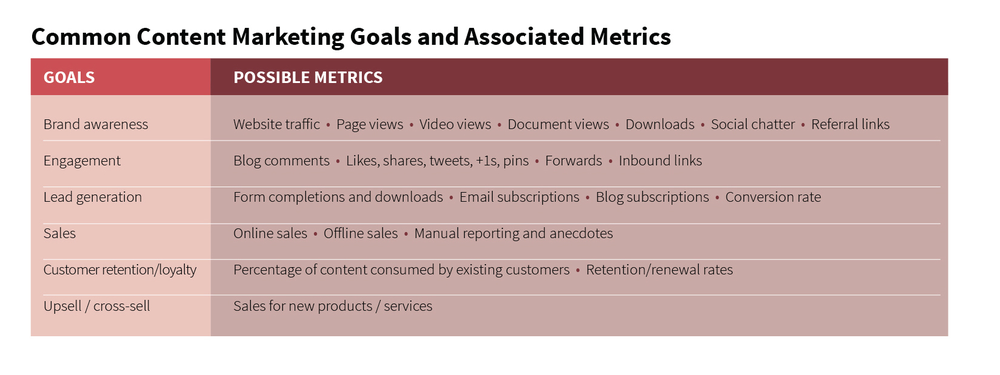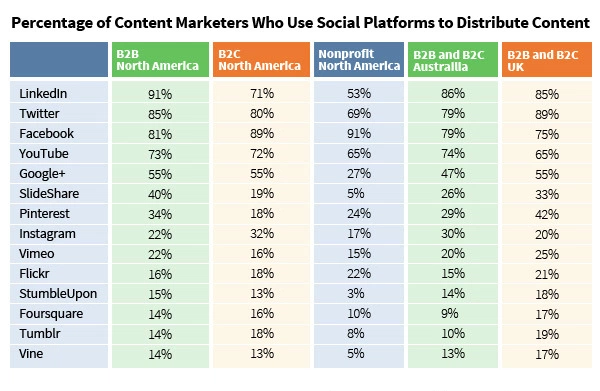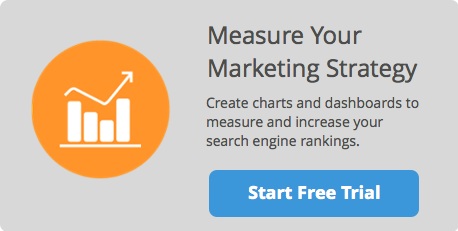Measure Your Content Marketing Strategy
Posted by on July 16, 2015 Marketing, Business Intelligence, Data Analytics
Content marketing is a key element of the modern marketing mix. A solid content marketing strategy includes increasing search engine rankings and getting found by prospective customers.
Search is a Moving Target
But churning out low quality copy in the attempt to increase a site’s search ranking does not work in the long run. Google has caught on to some of these practices and Google’s Panda update, first released in 2011, penalized sites with low quality content.
The Hummingbird update in 2013 was an effort to better understand the meaning behind the keywords a user typed into Google. Hummingbird focused on the meaning behind the query, rather than a single word or two, and greatly decreased the value of keywords per se.
The best way to prepare for future changes to Google’s algorithms is to focus on the reader rather than the search engine. And readers are interested in expertise more than content designed only to sell products and services.
Measure What Matters
There are seven metrics to determine the effectiveness of your content marketing efforts.
Reader Behavior: Examine how visitors behave on your site and the way they interact with content. In Google Analytics, you can view behavior by source, page, and other metrics. This chart from the Content Marketing Institute shows the type of things that could be measured with site content. What do readers do after they read that first piece of content? Do they continue on the site by filling out a lead-generation form or engaging in more content - or do they leave right away?
Source: Content Marketing Institute
Sharing: Social media is a key element of content distribution. What channels you use will depend on your location and type of business. Distributing the content and looking at simple numbers is the easy part. Measurement tools provided by channels themselves, such as Facebook Insights or Twitter Analytics, show how much your content is interacted with. Additional metrics are also available from more robust tools, such Radian6. With these tools, marketers can discover the sentiment about the content and how it is perceived by those who engage with it. Do they share it because they like it - or because they’re criticising it?
Source: Content Marketing Institute
Blog Comments: Many marketers choose not to allow comments on their blogs. If you do, value quality over quantity. What you want are comments that add to the conversation and indicate someone is absorbing what you have to say. Be sure to keep those conversations going when the audience does engage with site content.
Identify your Audience: Learn more about who your customers are. In Google Analytics, demographic and interest reports can be enabled to learn more about the type of people who visit your site. Remember, much of this is determined by Google’s assumptions about users based on cookies installed to their browser. Based on searching habits, Google may assume a user is in her 30s. Unless she volunteers that information in her Google profile, it could be that she is actually in her 60s so use this data cautiously.
Day of the Week: The day that someone visits a site becomes useful when you look at the the whole user journey for the day of the week metric. Midweek is typically the highest-traffic time for most B-to-B websites. Check your own traffic and choose your publishing days accordingly. As you expand your editorial calendar, consider the type of traffic that might perform better on Mondays and Fridays.
Response by Channel: Some content marketers mistakenly post the same message at the same time across all channels through the use of automation. Although repurposing content is a good strategy, the messages should be customized for each channel and spread out over time. When content is repurposed, marketers can see how receptive the audience was segmented by each channel and learn if some channels lead to more engaged viewers than others.
Monitor Competitors: Pay attention to what your competitors are doing. With tools such as Buzzsumo or CognitiveSEO, you can monitor their activity to learn what is working for them. Who does it seem they market to and how are they reaching their audience?
Once you’ve identified the key metrics of your content marketing strategy, measure them consistently. Measure your successes and failures and focus on continually improving the performance of your content marketing.





